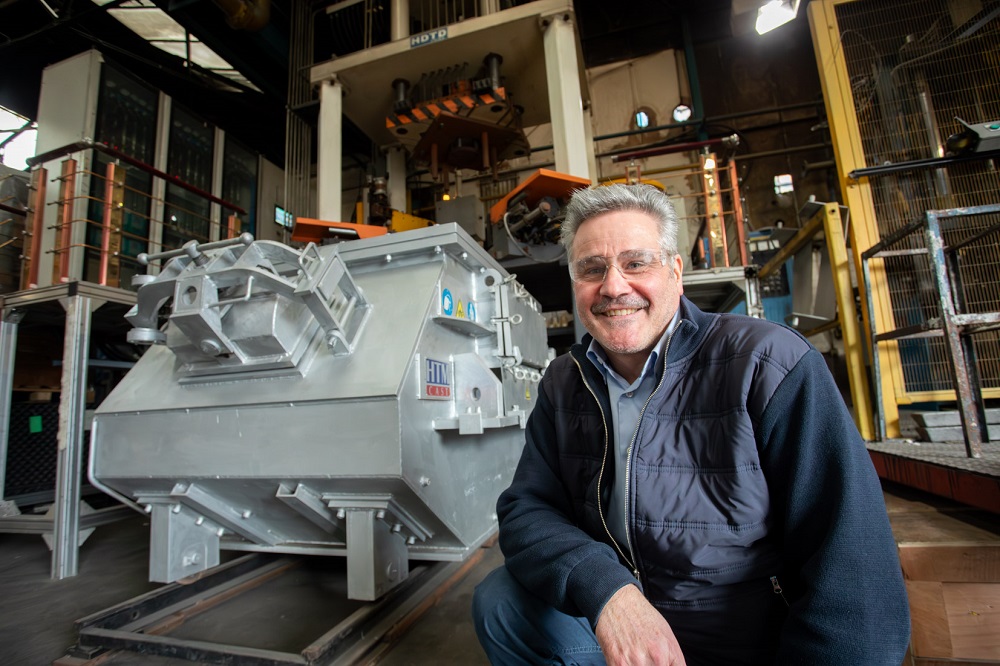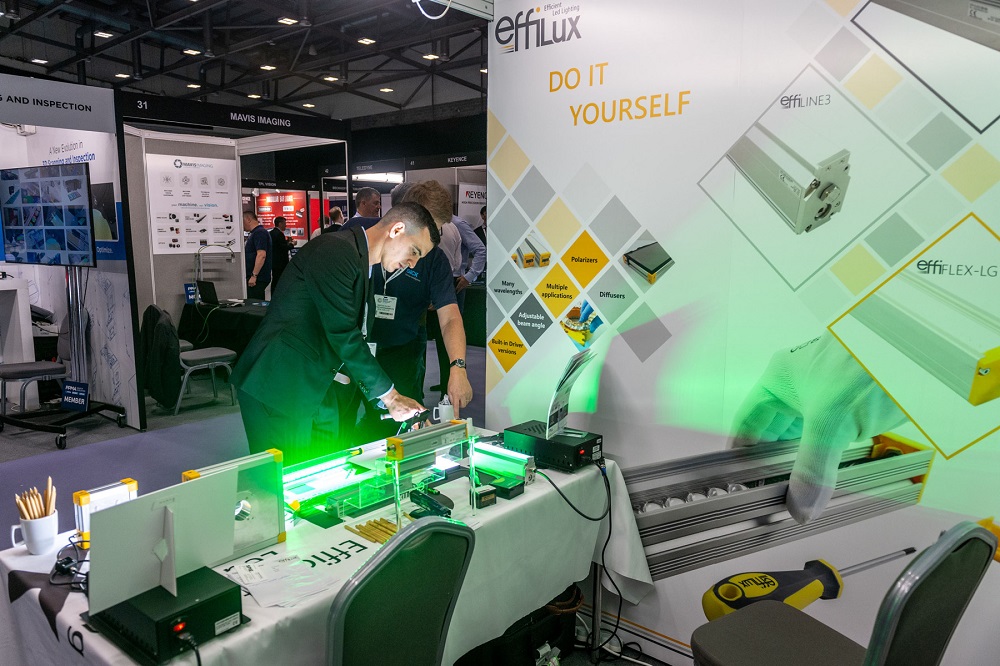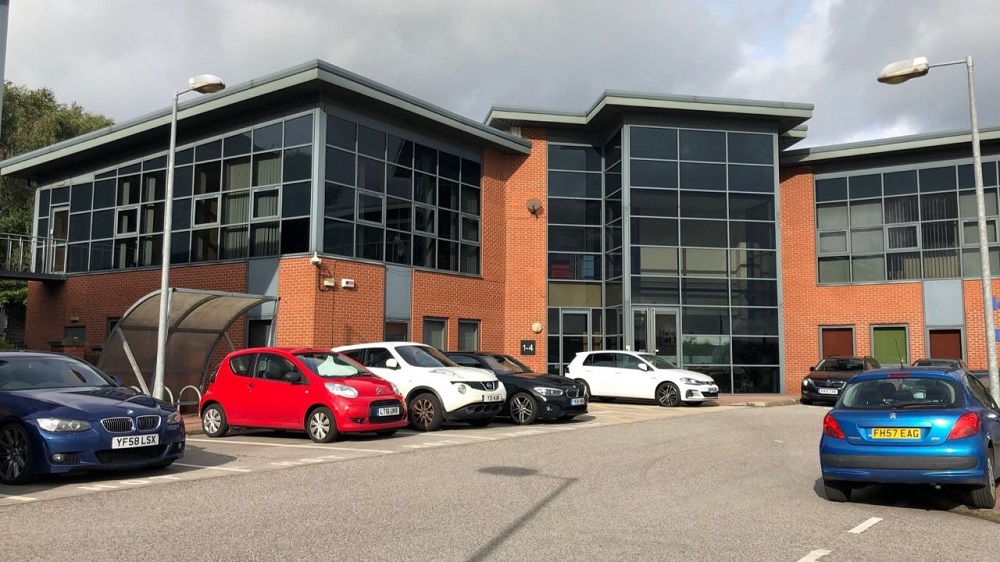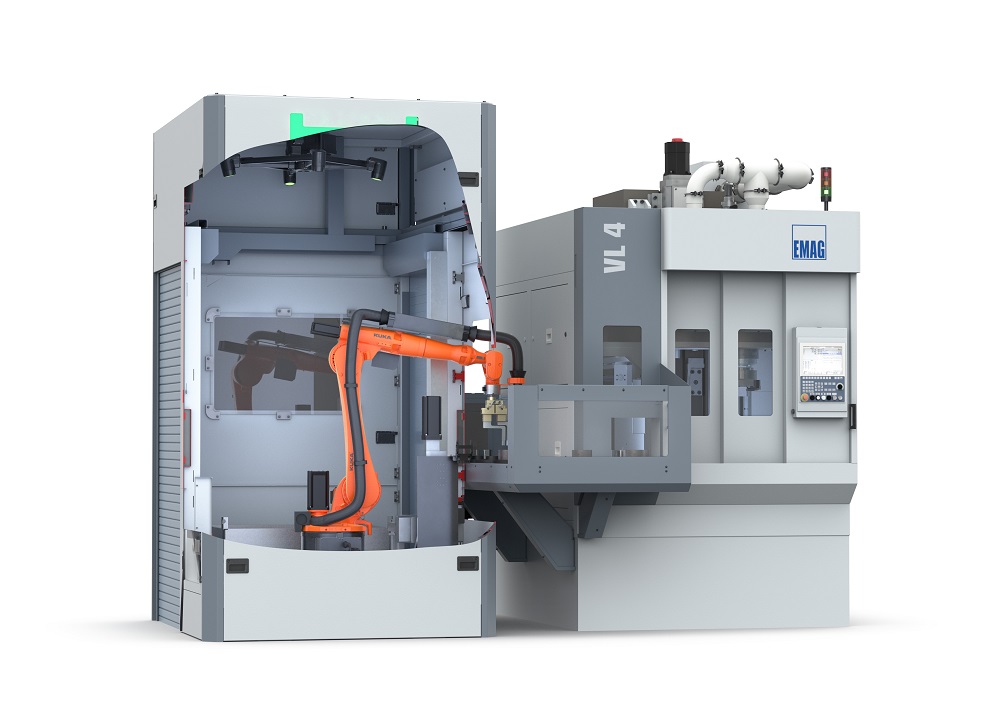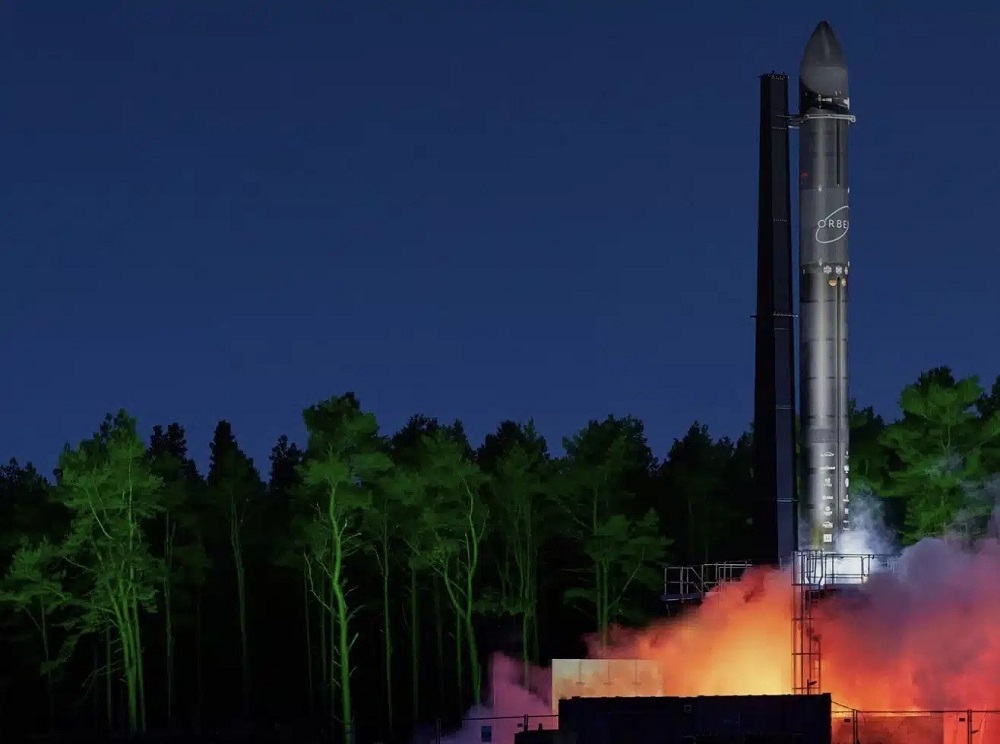Production solutions with robotic automation are on the rise: with their help, it is possible to establish a fast and low-manpower flow of parts within a site, thus reducing unit production costs and increasing the reliability and quality of manufacturing.
In this example, EMAG links pick-up machine technology with highly individual robot solutions designed within the requirements of the workpiece and the production process. So, what are important details?
According to the World Robotics 2022 report by the International Federation of Robotics (IFR), there are now around 3.5 million robots in use in industrial production globally. Europe is the second largest robot market in the world. Current examples from EMAG show why this is so: the specialist combinesits machines with completely different robot cells, not only ensuring efficient processes for the loading and unloading of machines, but also integrating additional stations for quality assurance, labelling, cleaning and much more.
What is the overarching objective at EMAG when using robots?
“The focus is always on the requirements of the workpiece and the associated production process,” explains Jürgen Maier, head of the turning business unit at EMAG. “Decisive questions here include what batch sizes are required in a given time period and how autonomously should the solution operate? In any case, we’re very flexible and adapt in many ways to the existing production environment or space conditions.”
A look at the details shows just how different EMAG’s robotic solutions are: users can feedparts, for example, using infeed and outfeed belts, palletisers, drawers or bin picking. With the help of these systems, the robot ‘operates’ itself when it picks up or finishes placing new components.
Each solution has different strengths and basic conditions. For example, belt or hinge conveyors are an ideal option when the flow of parts needs to be smooth from an upstream production solution to the EMAG machine. The robot can then simply pick up the components from the belt and deposit them again later, with the belts arranged in different ways – depending on the space situation or the desired flow of parts. Pneumatic stoppers ensure the separation of components.
It is also possible to detect the workpiece alignment on the belt using a camera. A highly flexible alternative to this solution are so-called bin picking systems (‘reach into the box’). Here, the workpieces are in a chaotic position, with the robot arm not only picking the components using a 3D sensor system, but also correctly recognising and aligning them, and feeding them to the next processing step. The system is suitable for flexible use in many different applications.
In contrast, the use of palletisers pre-supposes an ‘orderly’ start. In this case, the system is loaded and unloaded via a blister cart, for example. It contains boxes stacked on top of each other with corresponding mould nests containing the components – i.e. a relatively large quantity per cart, which an operator simply pushes into a defined position from which the robot can access. The cart with finished parts is in a different position.
“One of the things that matters in this kind of solution is that you relate the cycle time of the EMAG machine and the desired man-hours at the machine,” explains Maier.“So if the cycle time within the machine is only a few seconds and at the same time you’re aiming for minimum operator effort, this solution may not be suitable because the carriages would then require replacement too frequently. But these are precisely the calculations that we carry out for every robot solution and advise the customer accordingly.”
A drawer system is a conceivable third variant. Workpieces sit in pneumatically movable drawersthat are loaded quickly by blister systems. In this case, three of the drawers are arranged one above the other in a cabinet, allowing the stacking and processing of a larger number of workpieces (without intermediate operator intervention) in a small footprint. Incidentally, loading and unloading of the drawers takes place without interrupting the process; the robot simply continues to work on a compartmentalised drawer.
The following applies to all solutions: the equipment options for individual robotic cell are extensive. For example, it is conceivable to integrate SPC, including a measuring station, overseeing the ejection, measurement and reintroduction of individual components for quality assurance. It is also possible to place optical control systems with cameras, a gripper station for processing a wide range of workpieces, small washing and cleaning stations, deburring systems, or laser or engraving stations, within the robot cell. The robot also controls the respective solution, resulting in a continuous flow of parts across different technologies.
For sustainable success with all customers, EMAG relies on computer-based simulations when planning automation cells. The company’s experts check many factors, such as cycle time, robotaccessibility, material flow in large production lines and much more. Virtual commissioning – that is, testing planning data on a virtual machine – is similarly important. In this way, it is possible to detect and eliminate unforeseen errors at an early stage of development. Moreover, ‘real’ commissioning is much faster later on.
Summarises Maier:”Overall, it’s safe to say that more and more robotic solutions are being used on our machines, although this is also obvious. After all, we have a large number of machines that already feature internal automation based on pick-up technology.Consequently, we can integrate these solutions via robots into integrated production systems relatively easily and establish a smooth flow of parts at a single location. The components therefore get from A to B with little effort. This is our approach, which is winning over more and more customers.”
For further information www.emag.com







